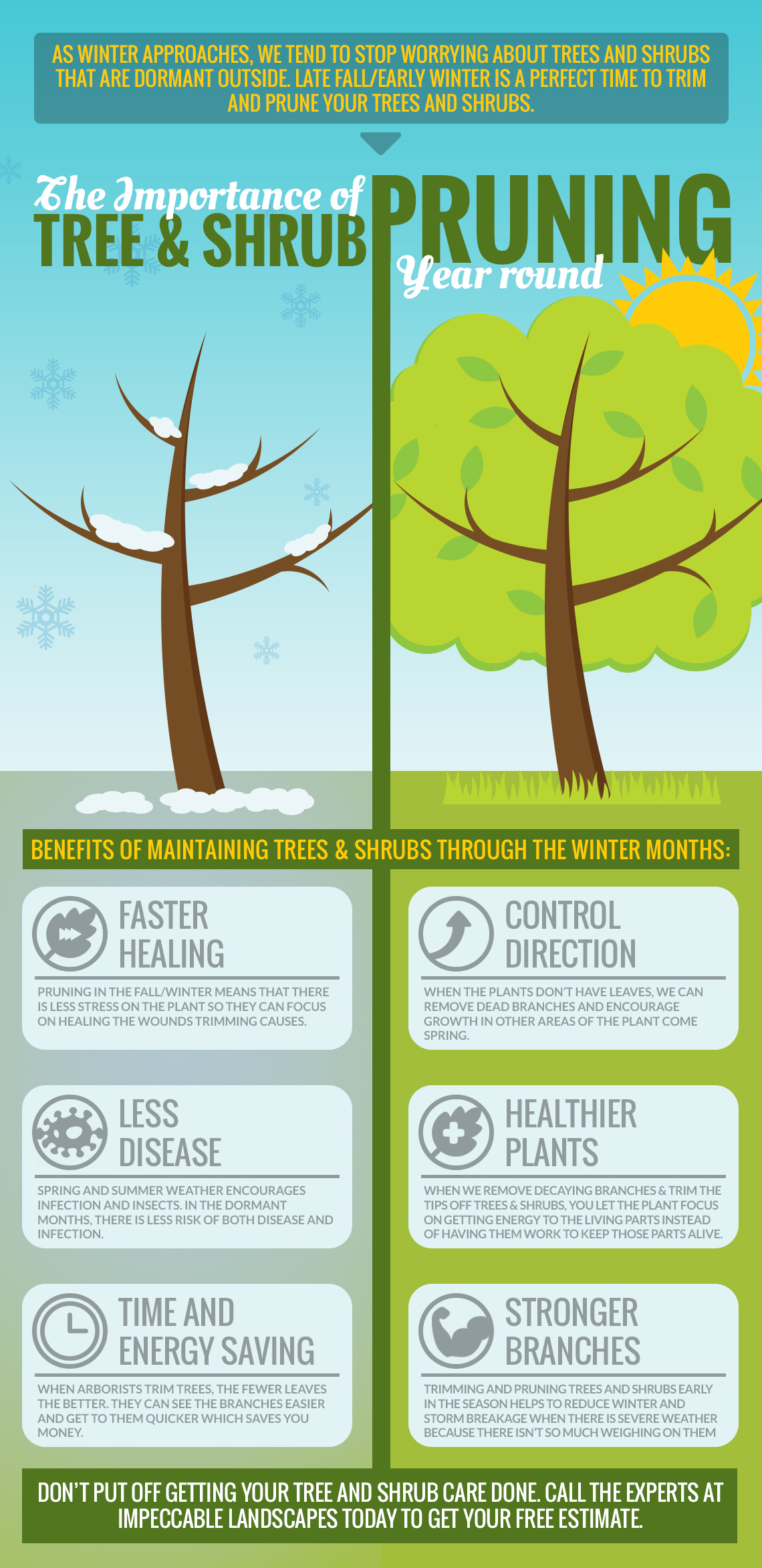Tree Elimination Aftercare: Ideal Practices For Landscape Recuperation
Tree Elimination Aftercare: Ideal Practices For Landscape Recuperation
Blog Article
Post Created By-Nunez McKinnon
After a tree's removal, your landscape may look quite different, and it's important to examine the after-effects carefully. You'll intend to assess the dirt disturbance and examine surrounding plants for any indications of stress and anxiety. Neglecting these factors can bring about larger troubles down the line. So, what should Trimming Juniper Trees finish with those stumps and roots? And just how do you select the very best plants for your rejuvenated area? Let's check out these important actions.
Evaluating the Results: Assessing Your Landscape
After a tree removal, it's critical to assess your landscape to comprehend the impact it has on your yard.
Beginning by analyzing the location where the tree stood. Search for signs of soil disruption, and inspect the bordering plants for any type of stress and anxiety or damages.
You need to additionally make note of exactly how the elimination has actually altered sunlight direct exposure and air flow in your garden. This change can impact the growth of close-by plants, so it's essential to review their health.
Think about the visual aspects also; the elimination might develop an open space that you can revamp.
Lastly, consider any prospective erosion issues that could emerge from the tree's absence. Addressing these factors early will assist recover equilibrium to your landscape.
Taking care of Stumps and Roots: Choices for Elimination
As soon as you've evaluated the after-effects of the tree elimination, you'll likely need to take on the stump and origins left.
You have a couple of options for removal. One reliable method is stump grinding, where an expert utilizes a machine to grind the stump to underground level. https://www.aldergrovestar.com/community/video-newlands-tree-trimming-aids-langley-hospital/ leaves minimal interruption to your landscape.
If you like a DIY method, you can utilize a mix of excavating and chemical stump cleaners. Simply bear in mind, this procedure can take some time and initiative.
Conversely, take into consideration leaving the stump as a natural attribute, which can function as a distinct yard aspect or environment for wildlife.
Whatever you pick, resolving the stump and origins is necessary for restoring your landscape.
Selecting the Right Plants for Your New Room
As you assess your freshly gotten rid of area, choosing the right plants can substantially improve your landscape's elegance and performance.
Beginning by thinking about mouse click the up coming article and dirt problems. For sunny locations, opt for drought-resistant plants like lavender or succulents. In shaded places, brushes and hostas grow well.
Consider the dimension and growth habits of your plants; mix perennials and annuals for seasonal variety. Don't fail to remember to include indigenous species; they call for much less maintenance and support neighborhood wildlife.
Team plants in strange numbers for a much more natural appearance and develop layers for visual depth.
Finally, guarantee you have a mix of shades and textures to maintain your landscape vivid throughout the seasons.
Delighted growing!
Verdict
To conclude, recovering your landscape after tree removal is a gratifying process. By evaluating the after-effects, dealing with stumps and roots, and choosing the right plants, you'll create a flourishing setting. Do not neglect to integrate disintegration control steps to shield your dirt. With a little initiative and treatment, you can transform your area into a lively yard that boosts your residential property. Accept the possibility to rejuvenate your landscape and enjoy the elegance of nature right in your yard!
